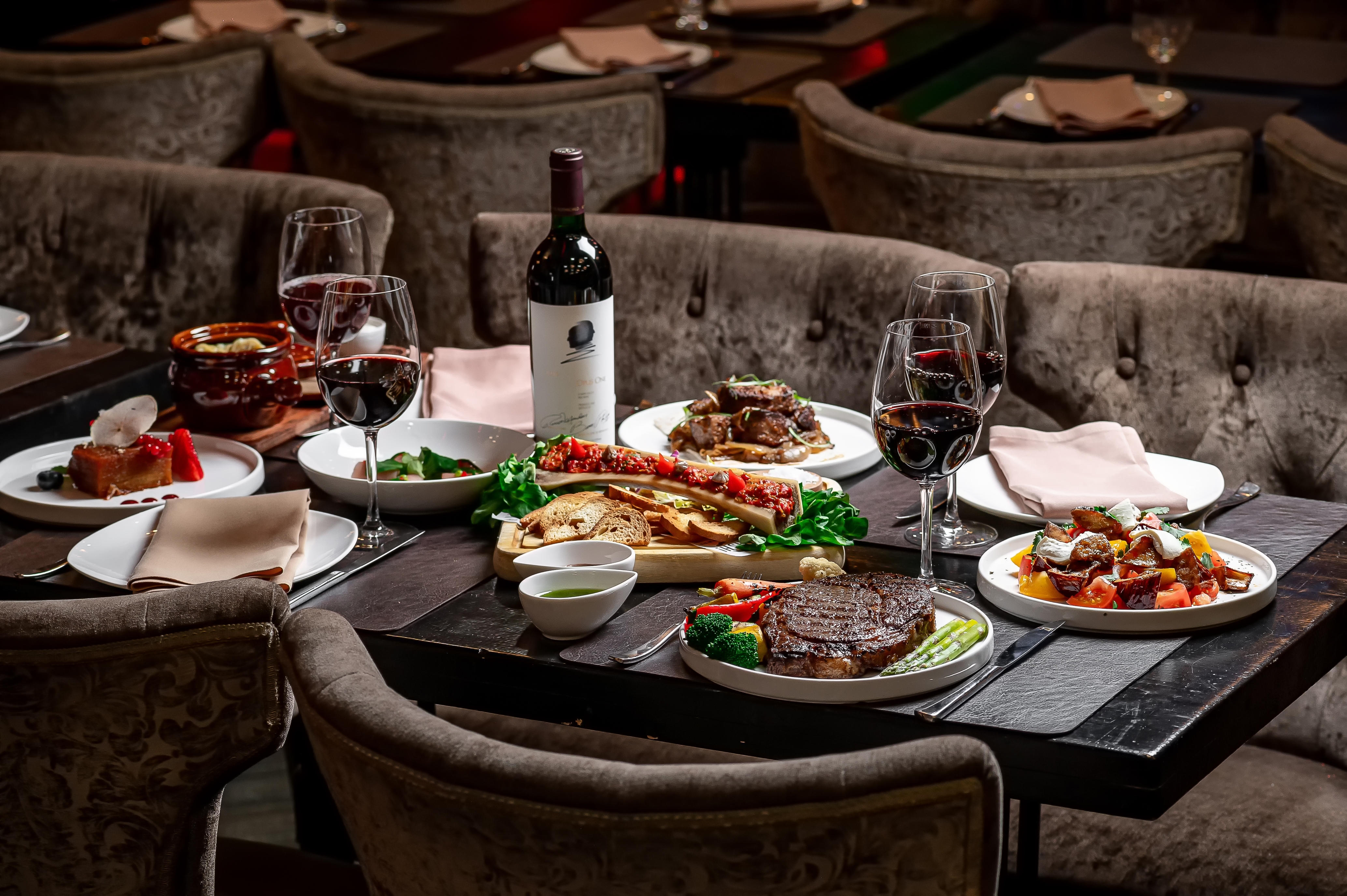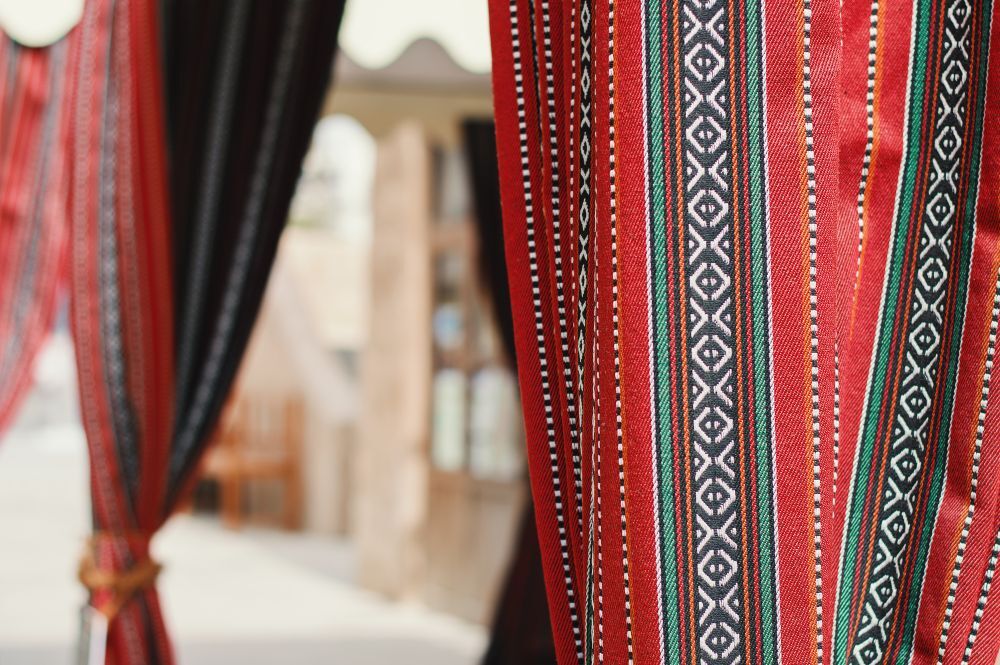Limited Edition Labubu: From Vinyl Toy to Collector Icon
Scarcity, celebrity and six-figure sales – how Labubu became more than just a toy.
In a city better known for blue-chip art than vinyl toys, it’s perhaps surprising – or not – that Abu Dhabi has fallen for Labubu. Originally a niche vinyl figure imagined by Hong Kong-born artist Kasing Lung, this bug-eyed, goblin-grinning character has evolved from blind-box curiosity to a global collectible. Once priced at just $20, some of Labubu’s rarest editions, and their associated artworks, are now commanding six-figure sums at auction. You’ll find these fluffy little dolls clipped to Hermès bags, spotlighted in unboxing videos, or towering four feet tall on the auction block. The character may look like it wandered out of a fever dream, but it’s blazed its way through pop culture and it is likely here to stay.

What Makes a Labubu Limited Edition?
Limited edition Labubus are defined by scarcity and surprise rather than design. Unlike conventional toys mass-produced for entertainment, Labubu drops are tightly controlled, often unannounced, and deliberately unpredictable. Some figures are ‘chase’ variants, tucked into blind boxes at random, creating a kind of gamified collecting experience. Others are issued as regional exclusives, seasonal collections or high-profile brand collaborations that vanish from shelves as quickly as they arrive. A testament to the recent demand surge, local retailers The Little Things and Mad Kicks have seen new drops sell out in minutes, with convenience platforms like Deliveroo and Careem joining the race to restock.
Recent limited-edition drops include the pastel-hued Macaron series, the bold, graffiti-inspired Big Into Energy line, and the winter-themed Coca-Cola Labubu. One of the most coveted in Abu Dhabi is the hidden “spray can” Labubu – a 1-in-96 chase figure from the Big Into Energy drop that reportedly saw local resale prices climb above AED 9,000. Other rarities, such as the forest-themed Labubu and Thailand’s “Good Luck To You” edition, never hit UAE retailers, fuelling demand in the secondary market.
Labubu’s leap into the mainstream owes much to its celebrity following. The frenzy began when Rihanna was spotted with a mini Labubu clipped to her handbag, soon followed by Kim Kardashian, Dua Lipa, and BLACKPINK’s Lisa. Even David Beckham joined the trend, posting a brown fluffy Labubu to his Instagram (a gift from his daughter, Harper). As high fashion continues to merge with street culture and collectible art, Labubu has emerged as an unexpected but potent icon of convergence. Its collectors range from Gen Z influencers to seasoned toy traders and serious art investors, all drawn to the mix of scarcity, storytelling and subcultural cool that Labubu brings.
The $150,000 Human-Sized Labubu
The world of Labubu extends far beyond handbag attachments. In June 2025, the character made headlines when a 131cm mint-green edition sold for over $150,000 at Yongle International’s first dedicated Labubu auction in Beijing. It marked a new chapter for the figure’s place in the art market: no longer just collectibles, these larger-than-life Labubus now sit somewhere between pop art sculpture and cultural phenomenon.
A darker variant, known among fans as the “Shadow Brownie,” fetched nearly $130,000 during the same sale, with a sculptural trio titled "Three Wise Labubu" also surpassing expectations. These sales reflect a broader shift in perception. Once viewed as niche fandom objects, collectors are approaching Labubu with the same consideration they’d give to limited-edition prints or rare sneakers.
Read more: The Most Expensive Labubus: From Blind Boxes to the Auction Block
Beyond Labubu dolls: The Most Expensive Labubu Paintings
While most TikTok trends are pushed by little other than algorithm-driven buzz, Labubu is rooted in the artistic world of Kasing Lung – a veteran illustrator whose elvish characters draw from Nordic mythology and old fables. His visual universe blends the comic with the uncanny, crafting scenes that feel like childhood memories viewed through a surrealist lens.
Lung’s work has been spotlighted in two major solo exhibitions: “–+” at Kaikai Kiki Gallery in Tokyo, and “CLOUD” at Hidari Zingaro, both curated by Takashi Murakami. These shows affirmed the emotional depth behind Labubu’s now-famous grin, positioning it as a recurring motif in a broader, psychologically rich visual language.
The character’s rise has therefore been slower – and steadier – than some might assume. Back in 2023, Sotheby’s Hong Kong included Labubu in a contemporary curated sale with Three Wise Labubu – Don’t Hear, Don’t See, Don’t Speak – a sculptural trio estimated at HKD 50,000 (around $6,400), marking Labubu’s first arrival on the global auction stage. Phillips soon followed with the sale of Mon, a Labubu-themed painting that achieved HKD 330,200 ($42,120), while Christie’s raised the bar again in March 2025 with Excited Plastic, an acrylic on canvas that fetched over HKD 780,000 ($100,000), nearly tripling Lung’s previous auction record.
What to Watch Next in the Labubu World
Labubu, for all its whimsy and elvish grinning, has followed a trajectory not unlike that of today’s most compelling contemporary artists: born online, nurtured by fandom, and ultimately legitimised by the art world. With that momentum behind it, Pop Mart – the driving force behind Labubu’s meteoric rise – shows no sign of slowing down. Recent brand collaborations, from a winter-themed Coca-Cola drop to a rumoured K-pop crossover, have kept collectors engaged, and values continuing to scale new heights.
In the coming months, it wouldn’t be surprising to see fashion houses, digital artists, and NFT platforms deepen their involvement in Labubu’s ever-expanding universe (particularly the latter, which is built on the same principles of scarcity and storytelling). As the line between toy and trophy continues to dissolve, Labubu’s grin only grows wider: a mischievous emblem of a new chapter in collecting.



